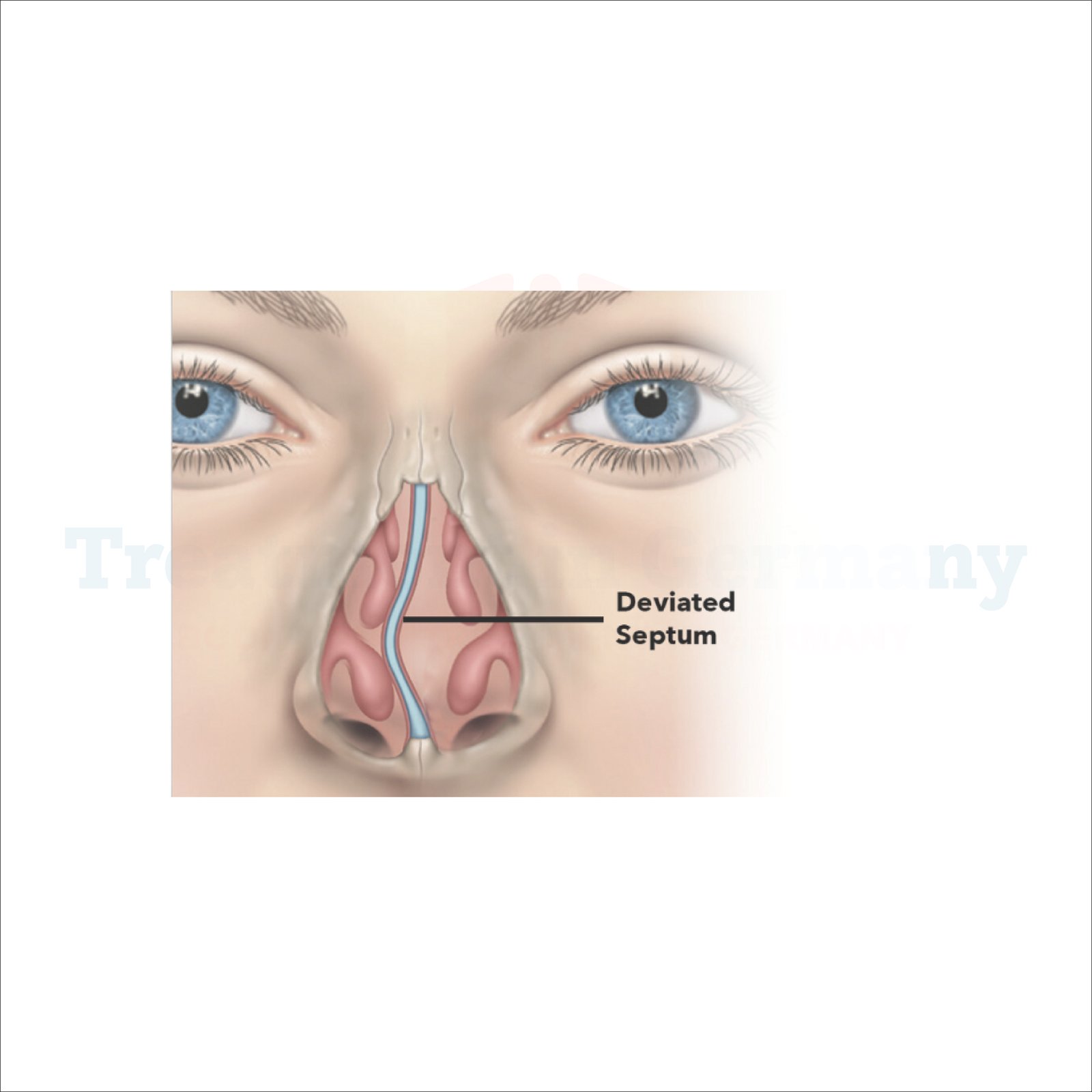What is Deviated Septum?
The Deviated septum is the thin wall of cartilage and bone that divides the two nasal passages in the nose. When this septum is significantly displaced to one side, it is known as a deviated septum. This condition can be present from birth or result from an injury to the nose.
Side Effects of Deviated Septum:
A Deviated Septum can lead to various symptoms, including:
How is Deviated Septum Diagnosed?
To diagnose a deviated septum, an otolaryngologist (ear, nose, and throat specialist) will conduct a thorough examination of the nose. This may involve:
1. Physical Examination: The doctor will visually inspect the inside of the nose using a lighted instrument called an otoscope.
2. Nasal Endoscopy: A small, flexible tube with a camera on the end (endoscope) may be used to examine the nasal passages in detail.
3. Imaging Tests: In some cases, imaging tests such as a CT scan or MRI may be ordered to get a clearer view of the nasal structures.
Potential Treatments of Deviated Septum:
Treatment options for a deviated septum depend on the severity of symptoms and their impact on daily life. They may include:
1. Medications: Over-the-counter nasal decongestants or antihistamines can help alleviate congestion and improve breathing temporarily. Prescription nasal sprays may also be prescribed to reduce inflammation.
2. Septoplasty: This is a surgical procedure to straighten and reposition the deviated septum. It is usually performed under general anesthesia and involves making incisions inside the nose to access the septum. The surgeon then straightens the septum and may remove any excess tissue or bone.
3. Turbinate Reduction: If enlarged nasal turbinates contribute to nasal obstruction, they may be reduced in size during septoplasty or as a separate procedure.
4. Balloon Sinuplasty: In cases where sinusitis is a significant issue, balloon sinuplasty may be performed alongside septoplasty. This minimally invasive procedure involves inflating a balloon in the sinus passages to widen them and improve drainage.
5. Rhinoplasty: In some cases, septoplasty may be combined with rhinoplasty (cosmetic nose surgery) to improve the appearance of the nose while correcting the deviated septum.
👉 Contact us for further information and receive a complimentary consultation.

.webp)
.webp)
 (1).webp)
 (1).webp)


.webp)
.webp)
 (1).webp)
 (1).webp)

